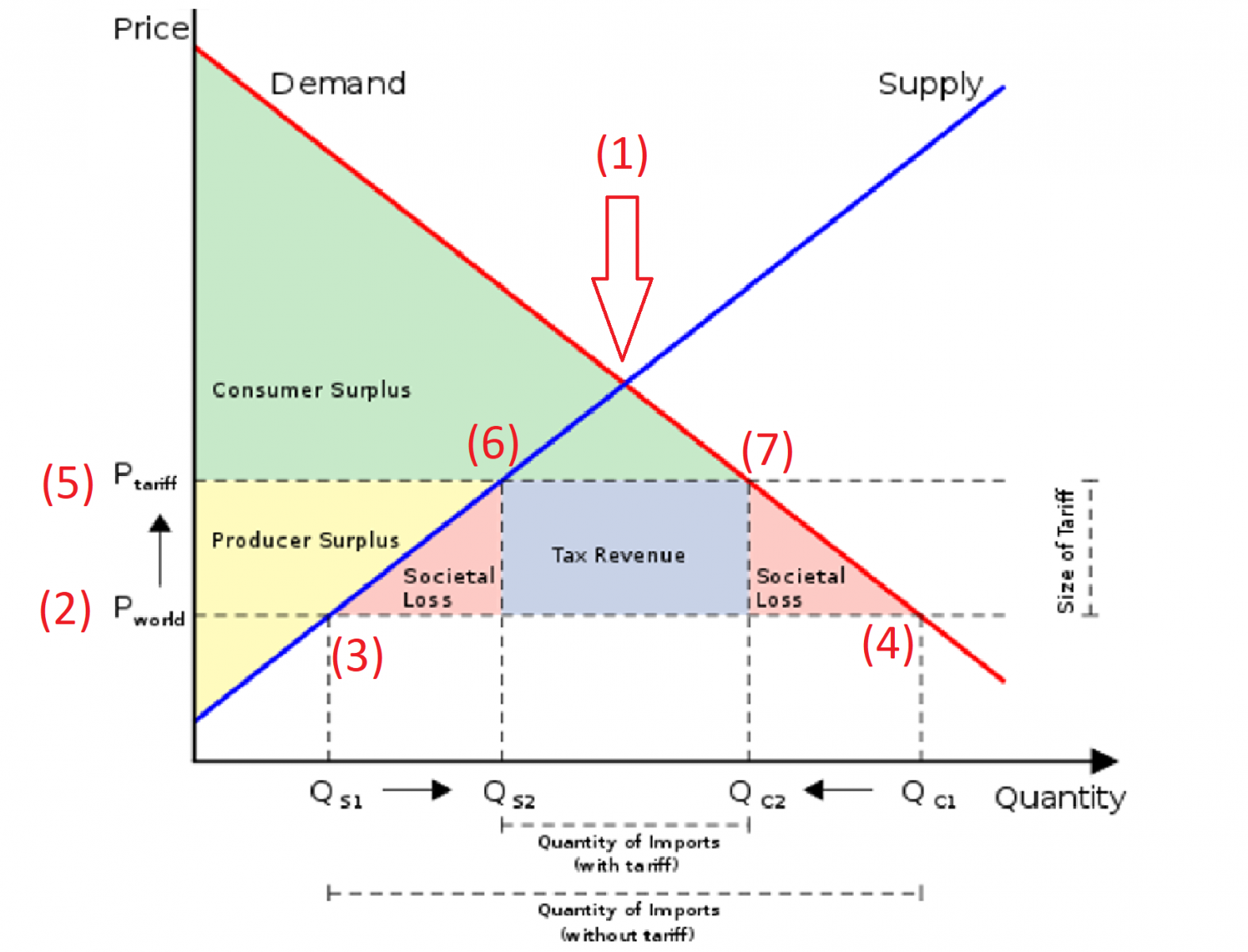Dutch Experiment: Lower Tariffs When Solar Power Production Is High

Table of Contents
How the Dutch Solar Tariff Experiment Works
This dynamic electricity pricing model hinges on a simple yet effective mechanism: electricity tariffs are lowered during periods of high solar power generation. This incentivizes consumers to increase their electricity usage during these peak solar hours, maximizing the utilization of clean energy.
- Real-time pricing: Tariffs adjust in real-time, reflecting the current solar energy output. This requires sophisticated monitoring and rapid adjustment capabilities.
- Smart meters are essential: These smart meters are crucial for accurately measuring energy consumption and transmitting data for real-time tariff adjustments. They form the backbone of the system's functionality.
- Shifting energy usage: The lower tariffs incentivize consumers to shift energy-intensive activities, such as laundry or dishwasher cycles, to coincide with peak solar production.
- Reduced fossil fuel reliance: By maximizing solar energy consumption during peak hours, the experiment aims to reduce the reliance on fossil fuel-based power plants.
The technology behind this system is complex and involves a sophisticated interplay of smart meters deployed across the country, advanced data analytics to predict and respond to solar energy fluctuations, and robust grid management systems to ensure grid stability. Several energy companies in the Netherlands, along with organizations like TenneT (the Dutch transmission system operator), are actively involved in the implementation and monitoring of this dynamic pricing program.
Potential Benefits of Dynamic Electricity Pricing
The potential benefits of this Dutch solar experiment extend beyond simply encouraging solar energy consumption. This dynamic pricing model offers several advantages:
- Increased solar energy consumption: Lower tariffs directly drive demand during peak solar production, leading to higher overall solar energy utilization.
- Reduced strain on the electricity grid: By better matching supply (solar power) with demand, the system reduces the strain on the electricity grid and minimizes the need for expensive peak-power plants.
- Faster renewable energy transition: The experiment accelerates the transition to renewable energy by making solar power a more competitive and attractive option for consumers.
- Lower carbon emissions: Reduced reliance on fossil fuels for electricity generation directly translates into lower greenhouse gas emissions and a smaller carbon footprint.
- Financial savings for consumers: Consumers who adapt their energy usage patterns can potentially achieve lower overall energy bills.
The environmental impact is significant, promising a substantial reduction in carbon emissions and a cleaner energy mix. The cost savings, both for consumers and the national grid, could be considerable in the long term, although the initial investment in smart meter infrastructure is substantial.
Challenges and Obstacles of the Dutch Solar Experiment
Despite the numerous potential benefits, implementing dynamic electricity pricing presents several challenges:
- Intermittency of solar power: Solar energy output is inherently variable, depending on weather conditions. The system must be robust enough to handle these fluctuations.
- Consumer behavior: Educating consumers about the benefits of dynamic pricing and encouraging them to adapt their energy usage patterns is crucial for success. Behavioral economics plays a significant role.
- Technological limitations: Reliable smart meter infrastructure and effective data management are vital. Any technical glitches could undermine the entire system.
- Grid infrastructure upgrades: The national grid may need upgrades to effectively handle the fluctuating influx of renewable energy.
- Potential for energy inequality: Ensuring affordability for vulnerable populations is essential to prevent exacerbating existing inequalities.
Addressing these challenges requires a multifaceted approach, including public awareness campaigns, further investment in grid infrastructure, and the development of sophisticated algorithms to manage the variability of solar energy supply. Careful consideration of potential impacts on low-income households is crucial for equitable implementation.
Comparison with other dynamic pricing models internationally
Several other countries are exploring similar dynamic pricing models, including parts of Germany, California, and Australia. However, the specific mechanisms and approaches vary considerably depending on each country's energy mix, grid infrastructure, and regulatory framework. Some models focus on time-of-use pricing, while others incorporate more complex algorithms based on real-time energy supply and demand. The Dutch experiment is unique in its focus on direct correlation with peak solar production.
Conclusion
The Dutch experiment with dynamic electricity tariffs during peak solar power production represents a bold step towards a more sustainable and efficient energy future. While challenges undoubtedly exist, the potential benefits – including significantly reduced carbon emissions, accelerated solar adoption, and potential cost savings – are substantial. The success of this Dutch solar experiment will have profound implications globally, influencing other countries' strategies for integrating renewable energy sources effectively.
Call to Action: The ongoing developments in dynamic electricity pricing deserve careful attention. Learn more about this innovative approach to renewable energy integration and consider the potential impact of dynamic tariffs on your own energy choices. Further research into the Dutch solar experiment and other similar initiatives is crucial to fully grasp the potential of this transformative technology for a sustainable energy future.

Featured Posts
-
 Inside The Nhl Western Conference Wild Card Playoff Standings Breakdown
May 04, 2025
Inside The Nhl Western Conference Wild Card Playoff Standings Breakdown
May 04, 2025 -
 Ice Evasion Migrant Remains Hidden In Tree For Eight Hours
May 04, 2025
Ice Evasion Migrant Remains Hidden In Tree For Eight Hours
May 04, 2025 -
 Corinthians E Fred Luz Revelados Os Bastidores Do Rompimento Da Parceria
May 04, 2025
Corinthians E Fred Luz Revelados Os Bastidores Do Rompimento Da Parceria
May 04, 2025 -
 Ufc Fight Night Sandhagen Vs Figueiredo Preview And Predictions
May 04, 2025
Ufc Fight Night Sandhagen Vs Figueiredo Preview And Predictions
May 04, 2025 -
 Analysis The Publics Silence On Important French Defense Matters
May 04, 2025
Analysis The Publics Silence On Important French Defense Matters
May 04, 2025
